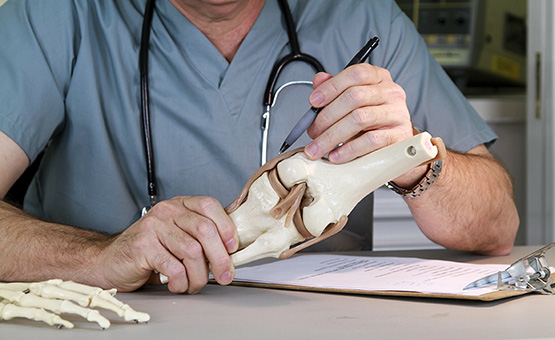Singapore Knee Specialist – Most Common Causes
The knee is one of the body’s Frequently the target of disease and injury and joints that may result in pain. Some states are severe enough to require expert diagnosis and therapy or even surgery while every time a knee becomes painful does need a visit to a knee specialist for relief. Among the most common injuries that bring people to a knee specialist is a torn anterior cruciate ligament (ACL). Athletes participate in sports which require them to jump and turn such as basketball often experiences this injury.
Arthritis is Contributes to people’s knee pain compared to any other. It occurs when the cartilage that is within the knee to add cushioning becomes worn over time. These two causes of knee pain are a large portion of the roughly 1/3 of visits to the orthopedic doctor but there are several others that can cause moderate to severe pain at the knee such as:
- Injuries to the knee can Result. Even small pieces of bone may lead to immobilizing the joint and causing swelling and pain.
- Bursa is sacs of fluid within the joints which include cushioning to the joint. When they become inflamed from overuse or hitting at the area or if conditions exist, bursitis can result. Like arthritis, bursitis can cause pain and swelling.

- The inflammation of the Iliotibial band that runs from the hip can get irritated and causes pain and swelling that is called iliotibial band syndrome.
- Once The kneecap to the shin is overused, it may become irritated, resulting in a condition marked by pain, the condition is called Osgood-Schlatter disease. The large majority of people who have to see a knee specialist for this condition are adolescents from 13 to 14 years old.
- The bands of, Tendons Tissue that connect bones and muscles; can become painful and inflamed when overused. This problem is called tendonitis.
The Result of a defect in the leg of an individual rather than from the kneecap, harm can slide causing it to swell and cause pain from a kneecap. This knee specialist Singapore condition occurs in women in their teens.
